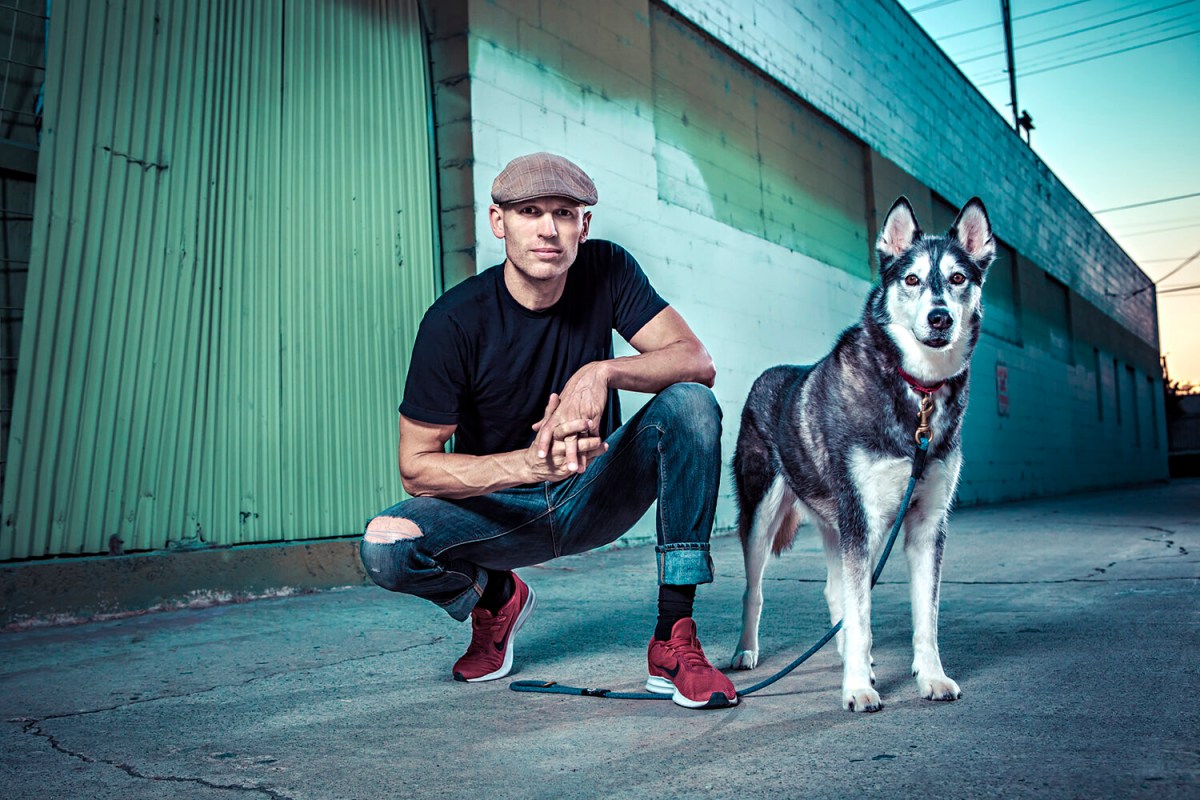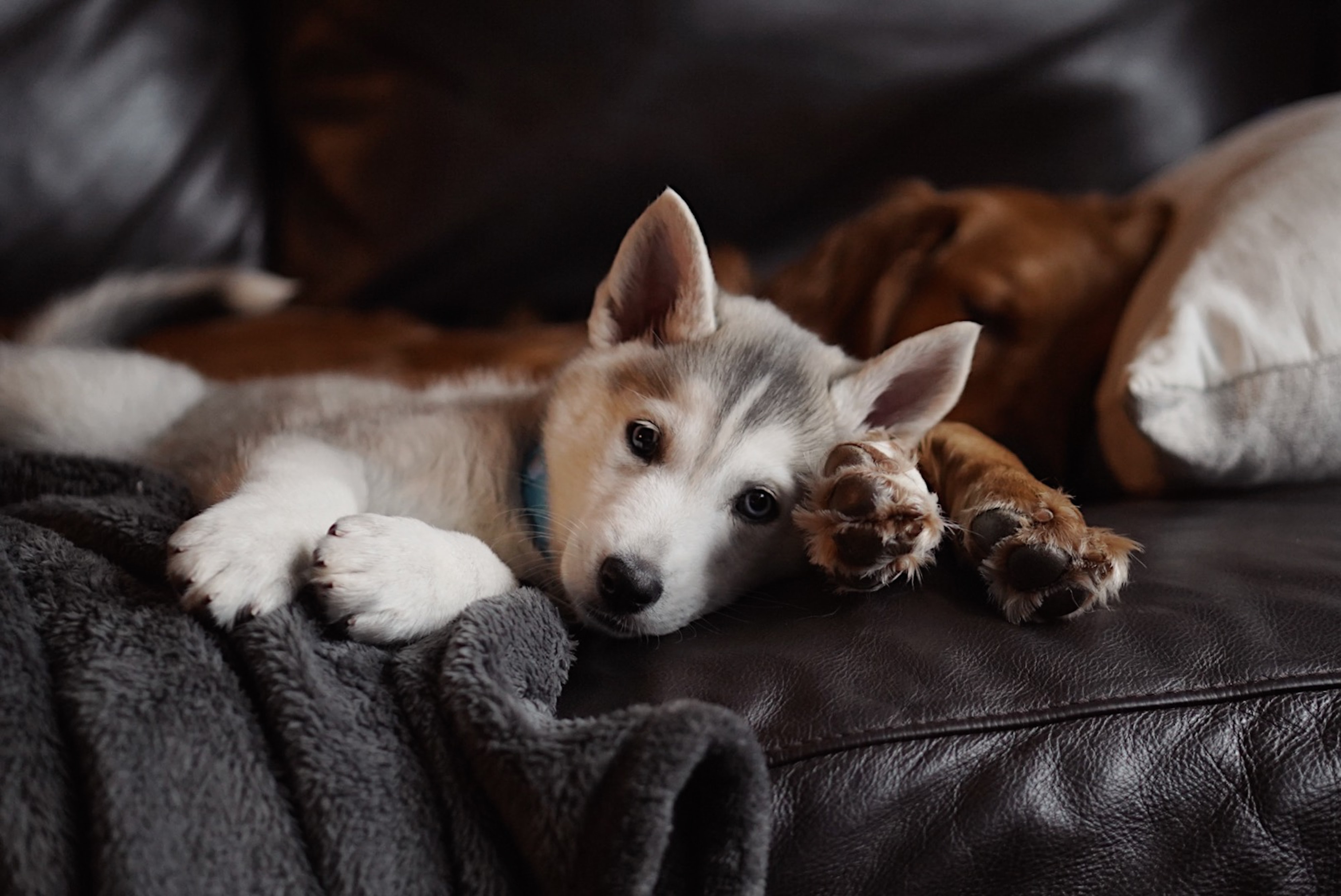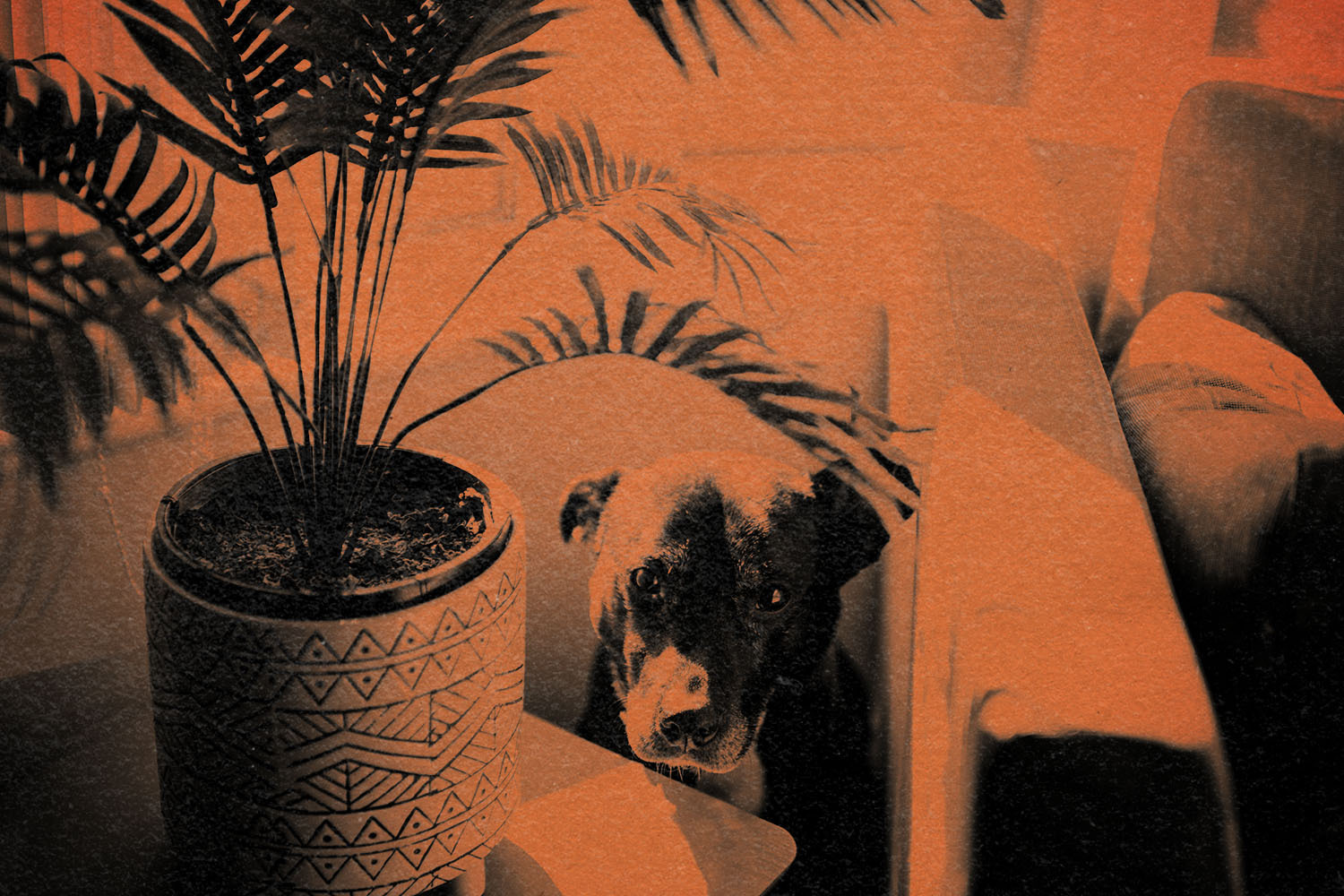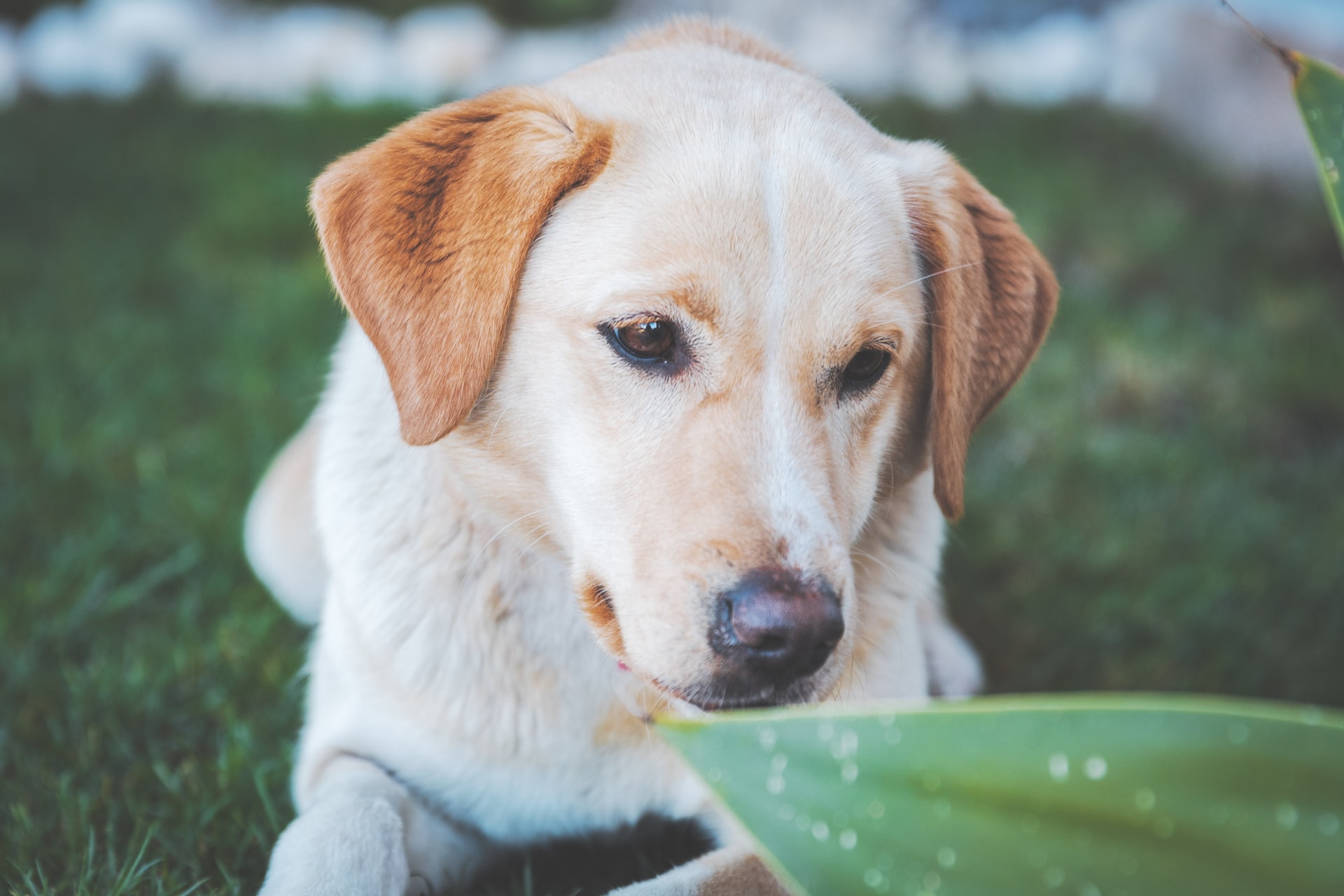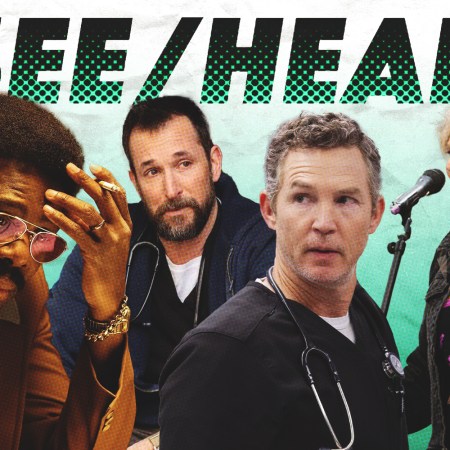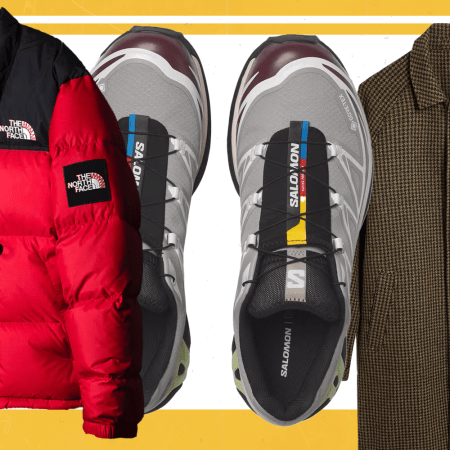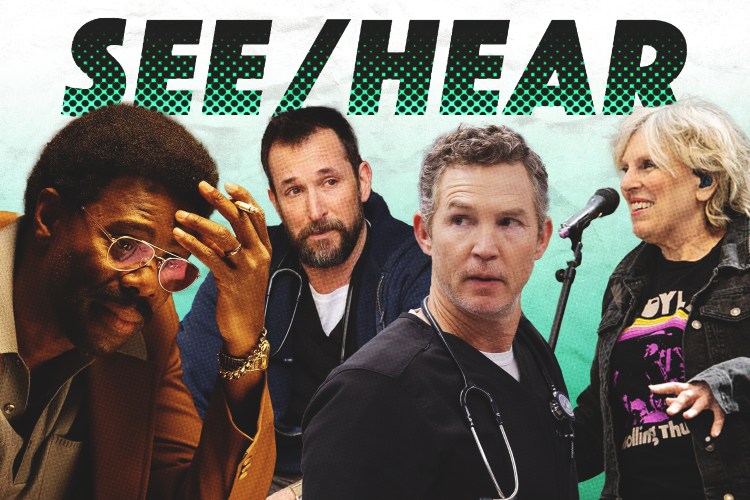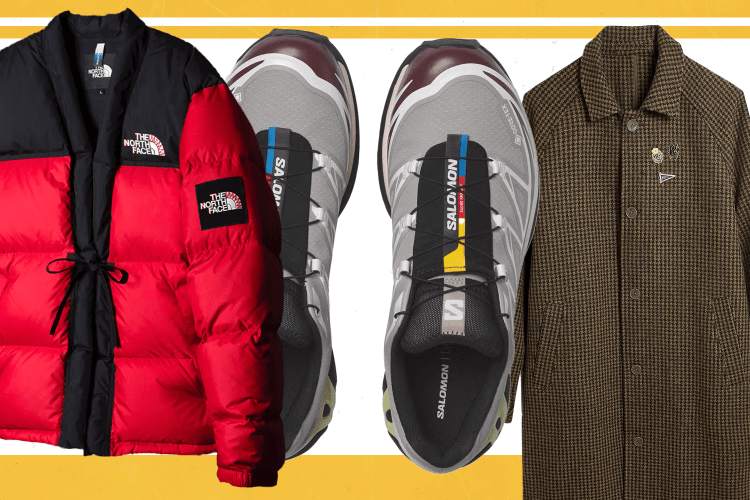“I started out as an adult who was afraid of dogs.”
Not the introduction you’d expect from one of America’s most renowned dog trainers, but that’s exactly how Matt Beisner — founder of The Zen Dog and host of Nat Geo’s Dog Impossible, which wrapped its second season last week — recently described himself on a phone call with InsideHook.
Beisner, like so many celebrity dog trainers before him, specializes in taking aggressive and problematic dogs under his wing and nursing them back to a happier, healthier place. Over the last 14 years, his facility in L.A. has become a go-to for the Hollywood elite (including, notably, Lena Dunham), and earlier this year, he opened a second location in his new home of Austin.
His practice, of course, could not have arrived at a better time. Dog adoption from shelters and fosters skyrocketed last year as Americans suddenly found themselves stuck at home, and we’re now seeing the fallout from that: a wave of new and first-time dog owners suddenly confronted with the realities of taking care of a living, breathing, possession-destroying animal for 24 hours a day.
If you’re among that class of people, good news: Beisner is now hosting private, in-person training sessions from the Austin chapter of The Zen Dog, as well as virtual ones for anyone, anywhere. But if you’re just looking for some advice and intel of the more general variety, refer to the wide-ranging interview below, in which we asked Beisner to walk us through a veritable 101 of pandemic dog ownership, from crate-training to lack of socialization to whether your dog is likely to experience separation anxiety if and when you go back to the office. Our conversation has been condensed and edited for clarity.
InsideHook: Let’s start with the people reading this who don’t yet have a dog, but want one. Do you have any advice that you generally give people to help them know when (or whether) they’re ready?
Matt Beisner: I’m not really a good model for this, because I have five rescues right now. What I usually lead with nowadays is, “What are your motives?” Because if you’re not honest with yourself about your motives, you’re going to put some unreasonable expectations on a dog, and that’s just not a way to work a relationship.
And then, what’s your lifestyle? There are certain dogs that are appropriate for certain lifestyles. Whether somebody is more or less going to be working from home in perpetuity or they’re not working from home at all, there are going to be lifestyles that are more appropriate to certain dogs, certain temperaments, certain breeds.
Then I like to poke around a little bit more. “Tell me what kind of things you like to do and what area you live in. What are the things that draw you to dogs?” Just to get a sense of whether or not this person either is willing to be responsible. I don’t put that on the person. I’m just looking for good fits, because sometimes you get great dogs and great people and it’s not a good fit.
Do you think that — after the huge uptick in dog ownership we saw during lockdown — we’re due for the inverse at some point? A lot of new owners giving up and returning their dogs to fosters and shelters?
We had this amazing movement at the start of COVID where the shelters were empty. We’d never seen anything like that before. Now, we watch the tide start to change, where a lot of people are challenged and they’re struggling, both personally and in their relationship with their dogs, thinking about the long game of this. By that, I mean how committed are you to this dog? Most people with some decency will say, “I’m totally committed,” but the reality is a lot of these dogs are starting to come back to the shelter. That’s not talked about publicly, I think, as much as it could be or should be. People didn’t know what they were getting into, they didn’t get the help, it’s too hard and/or their life has changed.
I go all the way to “If this dog’s behavior got so bad, would you consider putting this dog down?” Now, that’s not for me to judge and those aren’t my decisions, but I want to be able to work with people. I choose to work with people who are willing to have all the questions talked about, because then it helps me set them up to set their dogs up better.
What are the most common difficulties new owners tend to run into, in your experience?
We have to pay close attention to what the individual dog needs. That may sound obvious, but it’s not to a lot of us. I mean, they’re sentient beings, so they’re going to have needs that are way beyond stuff that we would just see on the surface. Certain breeds are going to need certain kinds of exercise or certain kinds of stimulation or engagement or activity. An Aussie Shepherd, for example, that is genetically wired to herd and manage, living in an apartment without dog interaction, that’s going to be crazy-making.
There’s no way around the fact that owners are going to be up against it. Anxiety, separation anxiety, and then the growing question is, “Well, what happens when and if I go back to work?” We’re seeing a lot of understandable and unfortunate behavior from the dogs, whether it’s dog against dog or dog against human or both.
Should people be concerned about their dogs being raised in isolation? How do we even go about avoiding it, given current circumstances?
That’s an important question, because it’s something that is easily overlooked. The reality of dogs is that they’re artificially engineered. We have just compromised them into this kind of containment, and that’s even pre-COVID. You add COVID in, and you’re lucky if you get a chance to socialize your dog somewhere.
Then, if you do get out, let’s say to a dog park, you’re talking about a dog park that is full of dogs that are out of their routine, that can’t get their humans out of their hair, and everybody is showing up with more stress than they’ve had. Even the dog park itself to me, which typically is risky at best, is a real challenge.
We have to get creative in terms of how we provide enrichment and in terms of how we’re able to connect with other dogs. If you’ve got friends who have dogs, with respect to however one practices their COVID protocols, then build something into your calendar. Go take a hike together. Get out into an open space. Try this with a dog that you already know or with people that you trust. We’re there all the time, more or less, in the home with the dogs. There are a lot of opportunities in 10- to 15-minute teaching sessions to help a dog help itself, to help alleviate stress, to promote engagement, to bring some satisfaction to the day and also to deepen the bond.
What about separation anxiety? I’ve read that there’s a fear that that could happen as people go back to the office after a year-plus of working remotely. What would you recommend to people now, before they go back to work, to try to limit the effects of that?
By definition, separation anxiety is a syndrome or a group of signs that a dog displays only when left alone, and the signs will suggest that the dog is in distress or is suffering from a panic disorder or an irrational fear of being alone. We have to be able to see that for what it is, because you can get behavior that looks like separation anxiety [but isn’t].
It is ultimately helped best by a particular type of training, which is desensitization. By that I mean that, with a dog that is below its stress threshold, we gradually expose the dog to the small steps that lead up to the event — that is, “I am out of the door and I am away.” And there are ways to do that really effectively and positively without letting the baby cry it out, so to speak.
Start to practice this now. Even if your dog is not suffering from separation anxiety, what is true is whether you got a dog pre-COVID or during COVID, you’re pretty much always there, so your dog doesn’t have quiet. It doesn’t have rest and it rarely has alone time — all the things that we take for granted.
If you look at an average workday pre-COVID, where somebody is gone eight to 10 hours a day, then that dog has all that time to itself. Now if I’m home, it just simply doesn’t have that.
Try to get ahead of that. Make sure you’re giving the dog its own space, that you’re not touching the dog all the time. That may seem weird, but dogs, like humans, need space and consent. A lot of people don’t know how to read consent. A lot of people like myself had to learn what stress cues are in dogs. All of that is for us to learn, and the opportunity for that is available all day long, because we’re there.
You mentioned that you can really only distinguish whether a dog has separation anxiety when it’s in isolation. How does one monitor that? How do you figure that out, if the symptoms only appear when you’re not there?
Get cameras set up. You will usually see the behavior in question in the first 30 minutes. That’s kind of a rule of thumb. And then watch it. There’s a great website, iSpeakDog, and they have a visual encyclopedia of dog behavior. That’s a great way to tell what stress cues are, so that the owner can start to see the behavior in the context of the event.
We talked about isolation, socialization, separation anxiety. Are there any other common difficulties that we haven’t talked about that you’re noticing?
The dogs have a hard time regulating their behavior, in part because they’re coming into a daily life that is largely unregulated. There might be a work schedule that the human has at home, but there’s so much being around at home together that the dog doesn’t necessarily have a built-in structure. Whereas if you had your regular day and you brought the dog in, it would come into a preexisting structure. That seems to be problematic for dogs, in part because it’s hard for them to settle and consequently relax, which means that there’s more underlying stress that carries over through the day.
I’m a real strong believer in dogs being able to be comfortable in crates. I’m not married to crates, but particularly if we’re looking at behavioral concerns, the crate is a really good method. Positive crate training for a dog is a really good way to make sure that that dog has a space of its own that it can go to, that it feels comfortable in, that is separate from the humans. That of course is a good setup for what happens when we leave the house, so that we can minimize damage and other behaviors like that.
A lot of dogs coming in, they don’t know what they’re coming into. Wen need some basic understandings about what their needs are and how we can provide enrichment for them and make sure they have a place of their own. Learn about what their stress cues are. Take a look at the pathology of your dog. What is the dog’s genetic inclination? What is it wired to do?
Let’s shift the attention from the dog to the owner. How can first-time owners monitor and modify their own behavior to make sure it’s conducive to the dog’s well-being?
I think just as a general note, people have made their dogs their COVID traveling buddy or couch buddy. The dog is often the recipient of all of the unmet emotional needs that a lot of us are having during these times. I think it’s really important for us to look at our own mental health and emotional health, and consider the dog’s as well, and see how we can provide for both of them in a way that’s fluid and congruent.
Common traits I’m seeing with first-time owners? Lack of schedule. I would say a lot of space invasion, actually. A lot of first-time owners, they’ve got their hands all over the dog. They’re in the dogs’ faces. They’re not leaving the dogs alone. The dogs are sleeping in their beds. All of it is understandable, and none of it is something that I haven’t done along the way myself.
Getting a dog is an amazing, and often a magical and profound experience. For a lot of us, it’s the first time that we actually had to learn how to love something or experience love unconditionally. You put that in the midst of a lockdown, where we are so bereft of connection, and it’s pretty loaded.
You mentioned that the approach obviously needs to be tailored to the dog, to the breed. Do you have favorite resources that you would point people toward for getting to know and understand their dog’s specific needs?
Kim Brophey. She’s a master trainer, and she’s just a dynamite human being. She’s my go-to for ethology and genetic questions. When I have a question about something that seems to be breed-specific, I would go to her. iSpeakDog is a great website. There are exceptional trainers around the country that are available for different areas of specialty. I am a big fan of a trainer named Moira Hechenleitner, she’s my go-to for separation anxiety and anxiety issues.
A great mentor for me has been Mike Shikashio, world-renowned dog aggression specialist. Trish McMillan is another dynamite trainer out there. She’s known as the Shelter Ninja, since a lot of people are getting their dogs from shelters. Trish is right there for the last two decades at the forefront of what these dogs are experiencing and what we can predict.
If there are daycares available, ask questions. I really encourage people, when they’re looking at opportunities to socialize their dogs, to look carefully at a place that just seems to want to have a bunch of dogs in an open space. I say that particularly with dogs that were adopted during COVID or have suffered the impacts of lack of socialization during COVID, because just like people, it’s not going to be easy to go from a lockdown experience to 50 dogs in a yard.
Any closing thoughts? Anything we missed?
One of our models at The Zen Dog is there are no bad dogs, and what science has demonstrated is that close to 90% of aggression in dogs is fear-based. I think that if I take a step back on this, and I consider where we’re at and what’s gone down socially and culturally worldwide in the last year or couple of years, there’s a very clear parallel there that we have an opportunity to grow from.
If I am to afford a dog more consideration, because it might actually just be afraid, then perhaps I can afford that to somebody else whose behavior I have a problem with. If I raise a dog well, then I probably become a better person. We definitely don’t need anymore assholes right now.
The Charge will help you move better, think clearer and stay in the game longer. Subscribe to our wellness newsletter today.
